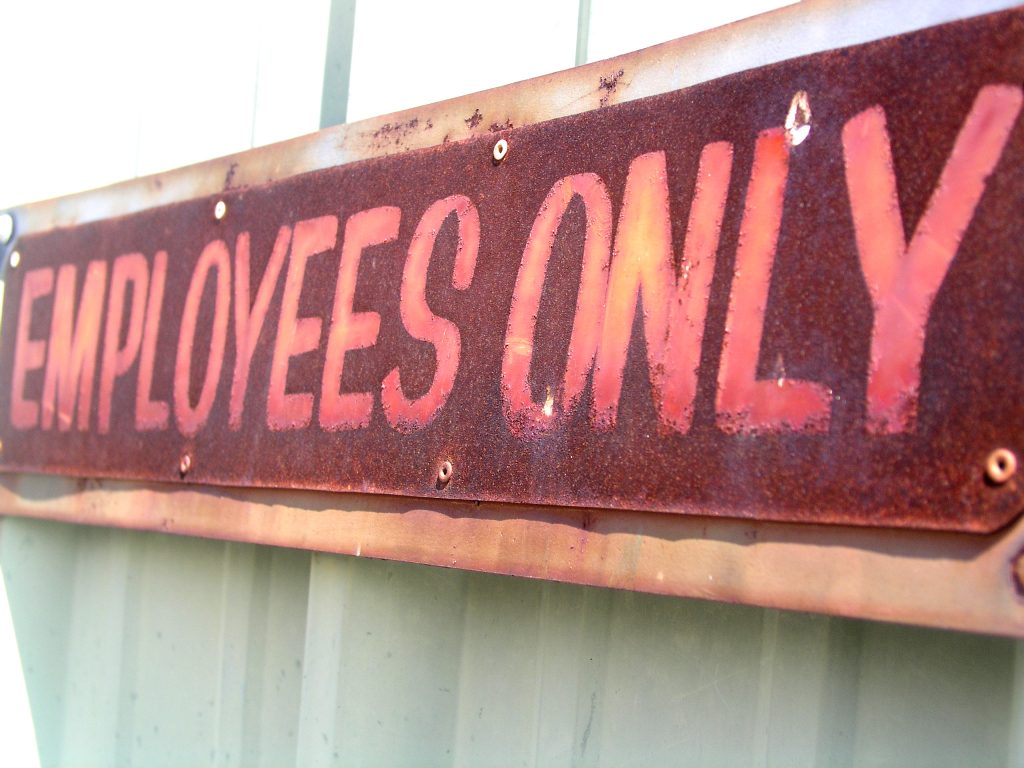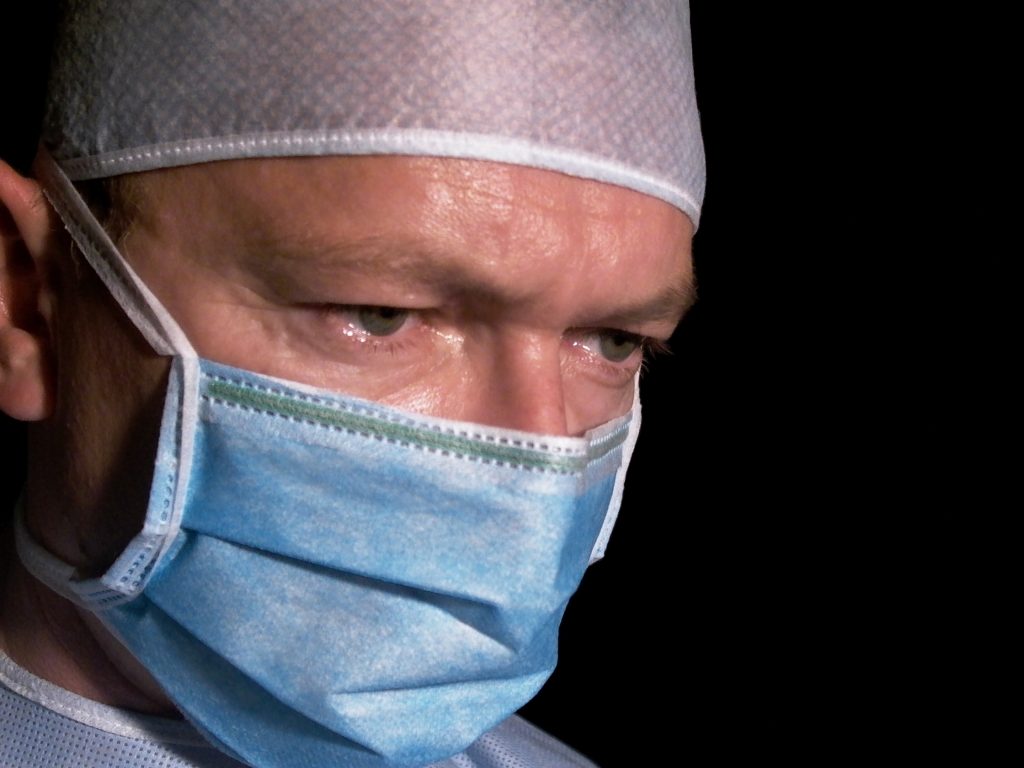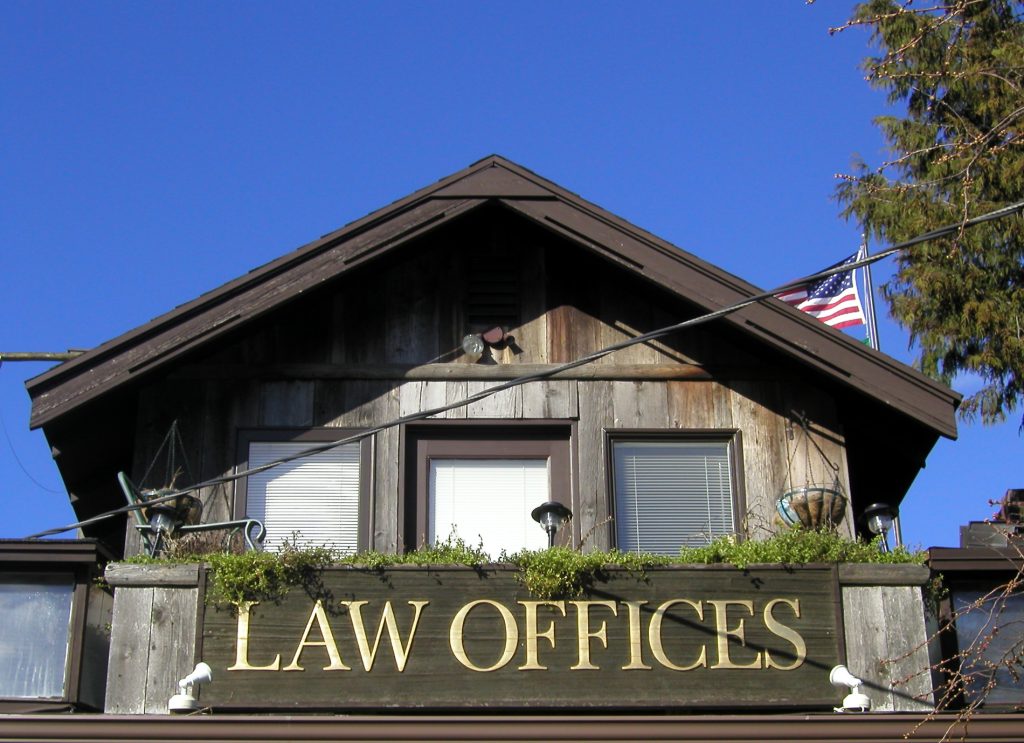
In the law, it is common for a case to turn on the definition of one word. A word that ordinarily may conjure a single image can explode with possibilities, nuances, and sometimes disastrous consequences during a lawsuit. For Mr. D that word was “employee.” In a recent case, the Louisiana Third Circuit Court of Appeal helped define the term “employee” as regards workers’ compensation law and employment discrimination law.
In this case, Mr. D was hired by Lofton Industries, Inc., a staffing services company, that assigned Mr. D to work with National Oilwell Varco, L.P. (“NOV”). While at NOV, Mr. D alleged that he suffered both verbal and sexual harassment from coworkers. The harassment lasted until Mr. D was fired by NOV. Mr. D filed a lawsuit for sexual harassment against his harassers and NOV, as well as a separate negligence claim against NOV for the negligent hiring and supervision of its employees. This is where the definition of “employee” becomes important and interesting.
In order to maintain his claims against NOV, Mr. D had to meet the definition of employee under the Louisiana Employment Discrimination Law (“LEDL”) but avoid being considered an employee under the Louisiana Workers’ Compensation Act (“LWCA”). Confusingly, the District Court dismissed both Mr. D’s claims, finding that he was both an employee (for LWCA purposes) and not an employee (for LEDL purposes) at the same time.
 Louisiana Personal Injury Lawyer Blog
Louisiana Personal Injury Lawyer Blog




 In Louisiana, employers are considered to be vicariously liable for the wrongdoings of their employees.
In Louisiana, employers are considered to be vicariously liable for the wrongdoings of their employees.  When land is expropriated by the government, there are many questions concerning how much money the government will owe you. Courts consider factors such as the appraised value of the property, relocation costs, inconvenience, and other possible damages. See
When land is expropriated by the government, there are many questions concerning how much money the government will owe you. Courts consider factors such as the appraised value of the property, relocation costs, inconvenience, and other possible damages. See  Doctors – we literally put our lives, and the lives of our loved ones, in their hands. It is the most frightening feeling to know that your loved one is in surgery, the possibility of death or complications is always imminent, no matter how small or standard of a surgery. This feeling of fright often turns to anger and pain once someone has lost a loved one. Especially, where we believe the death is due to the negligence of the very doctor we put in control of the fate of our lives.
Doctors – we literally put our lives, and the lives of our loved ones, in their hands. It is the most frightening feeling to know that your loved one is in surgery, the possibility of death or complications is always imminent, no matter how small or standard of a surgery. This feeling of fright often turns to anger and pain once someone has lost a loved one. Especially, where we believe the death is due to the negligence of the very doctor we put in control of the fate of our lives. 


 In filing any petition for damages before a court, timing is critical. And similarly critical is the clear articulation of one’s legal and factual complaints. Failure to timely and clearly raise a particular legal issue risks dismissal by the court. Defendants in litigation can and will use defensive pleadings known as “exceptions,” which seek to have a court dismiss a complaint or petition before the court considers it on the merits. The exception of prescription asserts that the plaintiff brought the claim after the period of time allowed by statute. The exception of prematurity asserts that a particular claim is not sufficiently mature or “ripe” for the court to hear it. A plaintiff in a recent case of the Louisiana Third Circuit Court of Appeal nearly risked the dismissal of his claims under these two exceptions.
In filing any petition for damages before a court, timing is critical. And similarly critical is the clear articulation of one’s legal and factual complaints. Failure to timely and clearly raise a particular legal issue risks dismissal by the court. Defendants in litigation can and will use defensive pleadings known as “exceptions,” which seek to have a court dismiss a complaint or petition before the court considers it on the merits. The exception of prescription asserts that the plaintiff brought the claim after the period of time allowed by statute. The exception of prematurity asserts that a particular claim is not sufficiently mature or “ripe” for the court to hear it. A plaintiff in a recent case of the Louisiana Third Circuit Court of Appeal nearly risked the dismissal of his claims under these two exceptions.